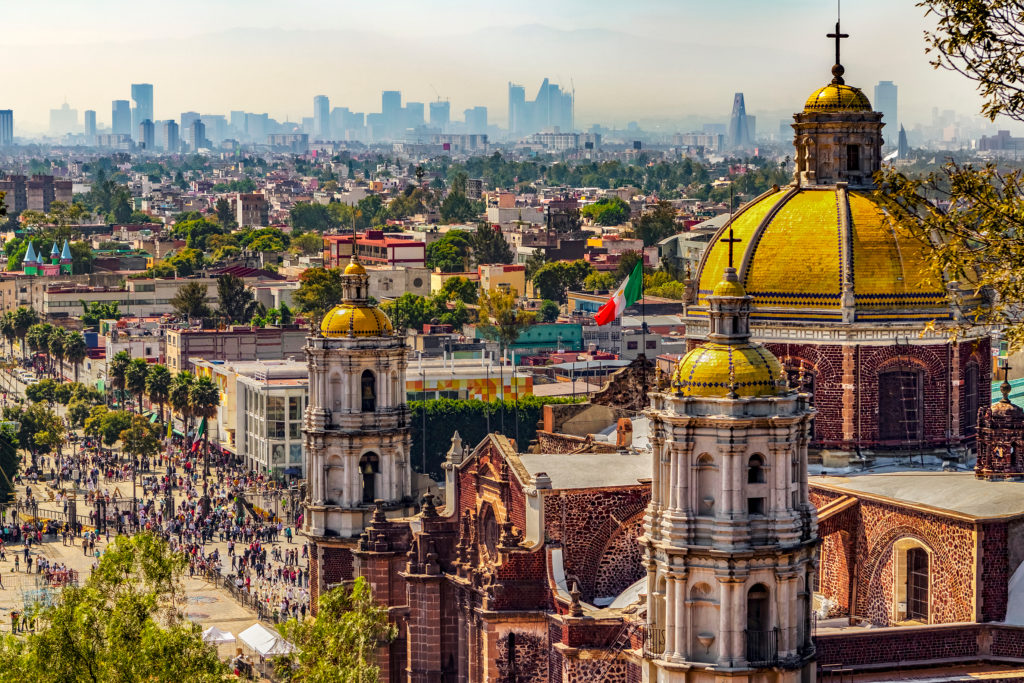When we think of Latin America, we might be hit with stereotypes of vibrant music, colorful foods, and an unparallel energy. While these stereotypes might be true, this time, the Latin population appear to be channeling their passionate energy into the future of e-commerce. For a handful of Latin entrepreneurs, this is definitely the case.
A recent article published in Entrepreneur, authored by Nicholas Ghitti, the inside sales manager of EBANX, a Latin American payment-processing company focused on breaking global barriers and disrupting the way cross-border payments work, highlights the potential deeply entrenched in the rising Latin American market for e-commerce. Ghitti advocates that dates are important, and have a bigger impact on e-commerce than suppliers might expect.

Martin Jara Herrera, Co-Founder & Managing Director YaEsta.com
And Ghitti isn’t the only one who sees a bright future for Latin America’s e-commerce market. To get a better idea of the current situation and where it is heading, we spoke with Martin Jara Herrera, Co-Founder & Managing Director YaEsta.com, the number one online store for Ecuador.
The inspiration for YaEsta.com originally came from overseas when Herrera and his business partner were studying for their masters abroad. Herrera, who was based in Sweden, found it incredibly easy to order everything he needed online, which was extremely helpful considering that he did not speak Swedish when he first arrived. When they returned to Ecuador after graduation, they discovered that Ecuador was far behind Sweden in e-commerce, and the simplicity of shopping online was nowhere near the same level. This inspired the pair to create YaEsta.com.
Herrara tells me that mentality was, and for many reasons still is, the greatest hurdle at creating a functioning and streamlined e-commerce culture in Ecuador. When they first approached investors they were met with skepticism, with many investors claiming that nobody buys online in Ecuador. Herrera tells me that this is “a terrible lie” and that not only did e-commerce exist in Ecuador, it was growing. Fortunately, this mentality has been shifting, as a growing number of investors are waking up to change across many Latin American countries, such as Colombia, Brazil and Mexico, all taking a more open stance towards e-commerce.
But Herrera states that it is not only the investors that are stuck in the past. Banks have been very slow to encourage changes. He tells me that when they first tried to establish payment buttons on YaEsta.com, it took 6 months. A process which takes no more than a couple of days in the US. Moreover, incumbents and shop owners have shown resilience towards e-commerce, believing that it is not necessary for them to adopt. “They are very comfortable” states Herrera, who says they only fear competition in the traditional sense of someone setting up a shop next door.
Thankfully, change is on the horizon. Banks are now realizing that other companies are innovating with new technology, quickly catching ground on banks which are losing out to these companies, creating more seamless payment methods online. Store owners are also opening up, accepting the efficiency that comes with selling online, and the additional income that is coming in.
Herrera tells me that there are still issues facing Ecuador’s e-commerce culture, such as the many unbanked citizens within the country. However, there are ways around this such as payment on arrival. Though it may not be perfect, it is a solution that can work. In addition to this hope, a number of other factors stand to influence this growing market. Herrera points to examples such as the expansion of Rappi, an incredibly popular food delivery services which is rapidly expanding throughout Latin America. As these methods become the norm, culture change is likely to occur, hopefully leading to investors changing their tone from “Why would we do e-commerce?” to “Why are we not doing e-commerce?”







